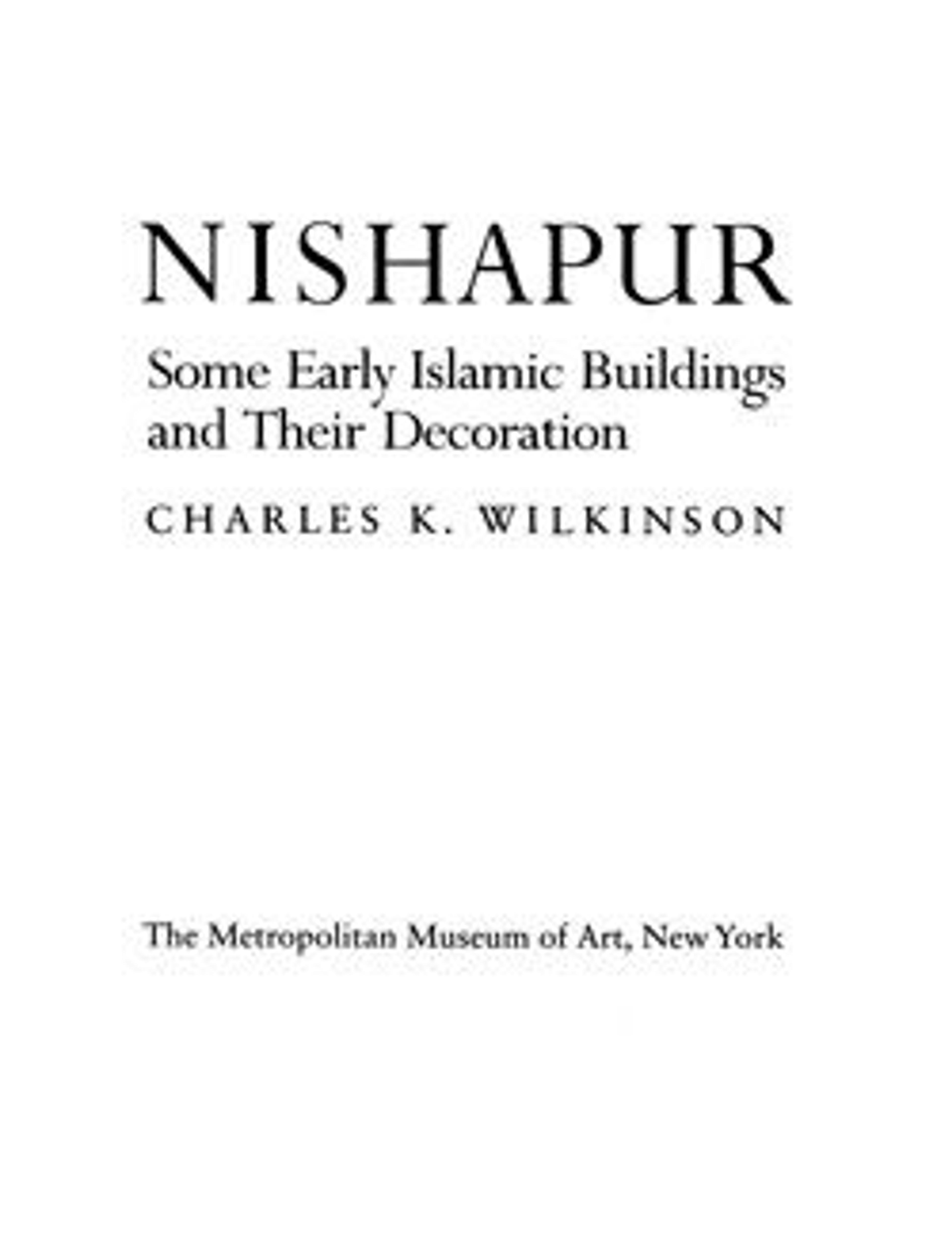Fragment of Inscription, Found behind Stucco Dado Panel
The inscription on this thin layer of plaster is rendered in a form of Kufic script in which tendril-like forms extend from the tips of letters. The panel originally appeared on the lower half of a wall in one of the buildings excavated in the eastern Iranian city of Nishapur from a mound known as Sabz Pushan (the Green Covered). The excavations at Sabz Pushan uncovered part of a tenth-century residential neighborhood with several houses and an alleyway.
This fragment was found was found under another wall decoration, in this case a carved stucco panel (37.40.41). Such finds provide evidence for the longevity of habitation in these spaces, which were often redecorated with fresh layers of stucco to mask older surfaces that had become worn down or dirty with time.
This fragment was found was found under another wall decoration, in this case a carved stucco panel (37.40.41). Such finds provide evidence for the longevity of habitation in these spaces, which were often redecorated with fresh layers of stucco to mask older surfaces that had become worn down or dirty with time.
Artwork Details
- Title: Fragment of Inscription, Found behind Stucco Dado Panel
- Date: 9th century
- Geography: Excavated in Iran, Nishapur
- Medium: Stucco; painted
- Dimensions: H. 18 1/8 in. (46 cm)
W. 14 in. (35.6 cm) - Classification: Stucco
- Credit Line: Rogers Fund, 1938
- Object Number: 38.40.253
- Curatorial Department: Islamic Art
More Artwork
Research Resources
The Met provides unparalleled resources for research and welcomes an international community of students and scholars. The Met's Open Access API is where creators and researchers can connect to the The Met collection. Open Access data and public domain images are available for unrestricted commercial and noncommercial use without permission or fee.
To request images under copyright and other restrictions, please use this Image Request form.
Feedback
We continue to research and examine historical and cultural context for objects in The Met collection. If you have comments or questions about this object record, please contact us using the form below. The Museum looks forward to receiving your comments.
